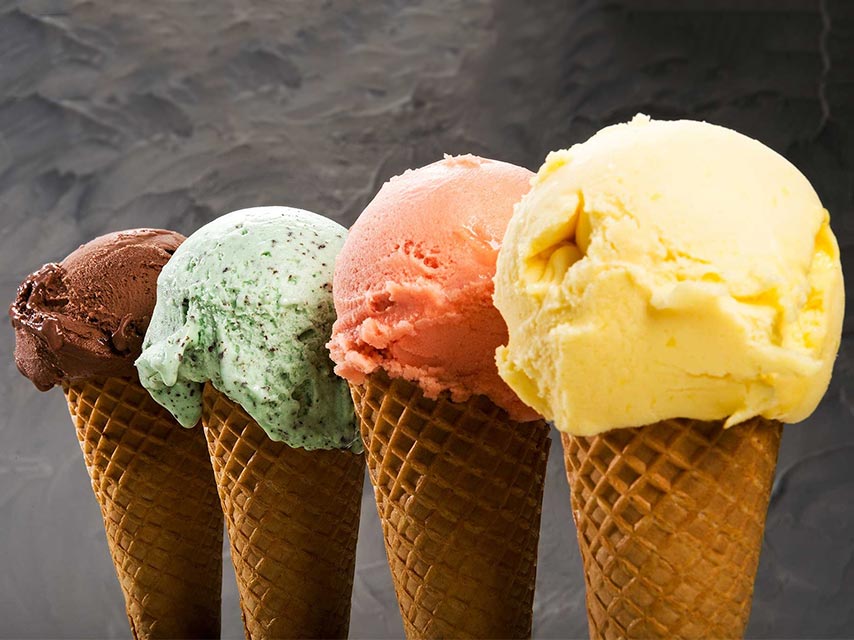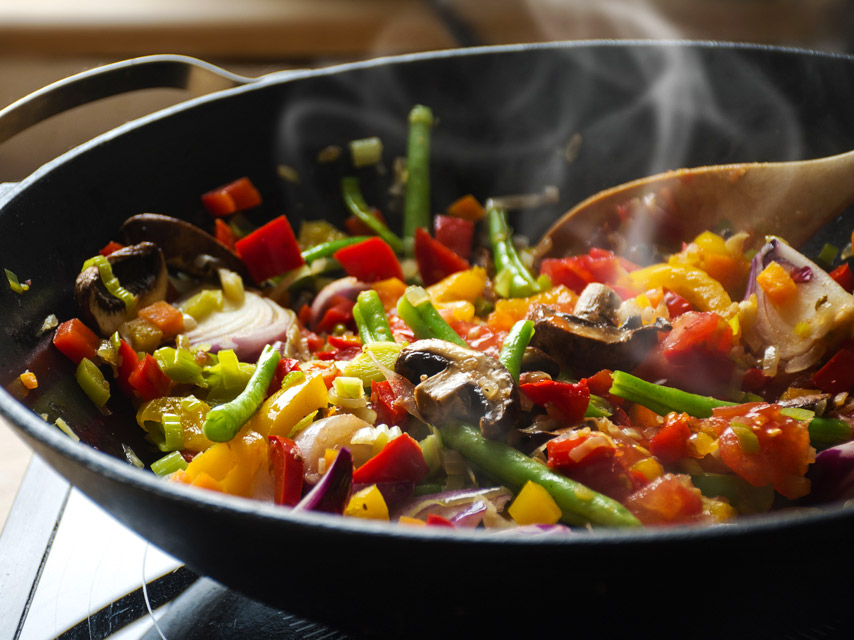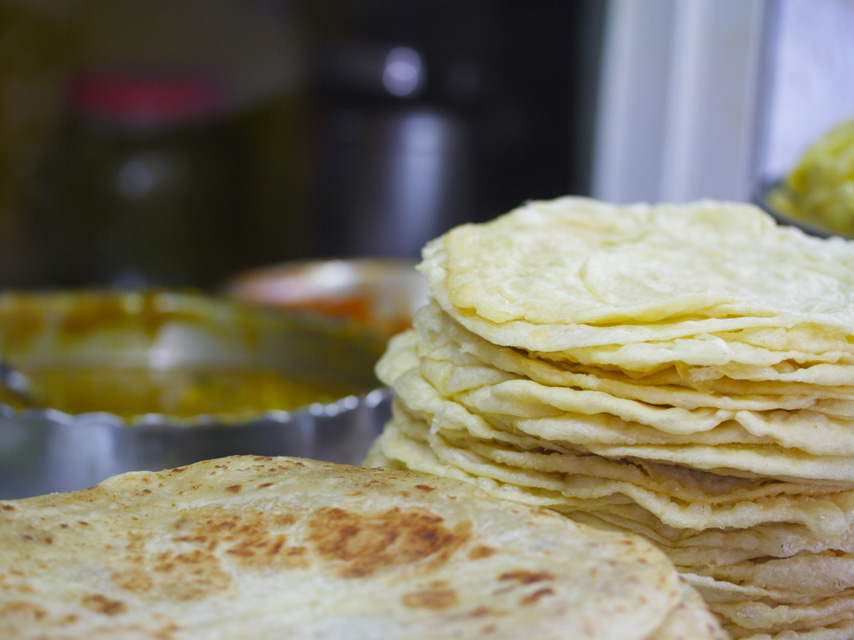7 Tips for Food and Wine Pairing
Pairing food with wine is easier than it sounds. Determine whether it is light, sweet, spicy, or rich, and match it to your dish accordingly, bearing in mind that the rule of thumb is to pair wine with food that equals its intensity.
Start thinking of wine as an additional ingredient to enhance the flavour of your meal. Some flavour pairings are simply destined for one another. Adding ingredients to food is meant to enhance the meal; like adding butter or a squeeze of lemon while baking fish.
The body of the wine is established by the weight and mouthfeel when you try it. It can be light, also called thin, or it can be heavy, creamy even greasy. As with all wine characteristics, the body is an opinion of the person’s taste.
3 Wine Characteristics
Acidity
Acidity is the product of the ripeness of the grapes used in the winemaking. As grapes ripen, the acid content goes down, and so the more unripe the grapes, the higher the acid content. Too much acidity can however overpower the core flavours of a wine and create a sharp, disagreeable mouthfeel and taste.
Aroma
Wine can be one or two notes or a complex mix of aromas that blend and change as the wine is swirled and exposed to air. While trying to identify the various notes in wine, it is important to use both the nose and tongue to discern the different tastes and textures. Identifying the various notes can be a fun experience- deducing whether the aromas are earthy, floral and fruity, among many others.
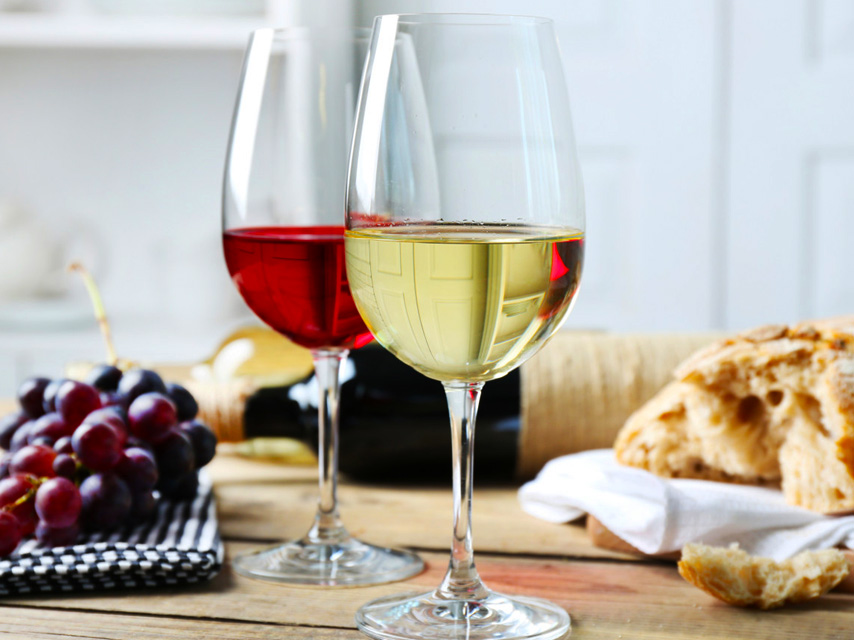
Flavour
Wines taste like so many different things and has various aromas & flavours; not just grapes. The more you try, the more you start to notice subtle flavours like vanilla, spice or even tropical fruits. This is because of every choice a winemaker makes throughout the production process; from how and where the grapes are grown, to what occurs to them after they are juiced, impacts how the wine tastes and smells at the end.
Here are 7 pairing tips to help you out:
Sparkling
Types: Champagne, Cava, Prosecco
Pair with: Light and salty – halibut, eggs, oysters
Cheese: Gruyère
Avoid: Red meat, spicy dishes, cream sauces

Dry White
Types: Pinot Grigio, Sauvignon Blanc
Pair with: Light and tangy – white meat, salad, mushrooms
Cheese: Gouda
Avoid: Red meat & blue cheese
Rich White
Types: Chardonnay, Voigner & Roussanne
Pair with: Fatty and creamy – creamy sauce, buttery fish, pasta salad
Cheese: Camembert
Avoid: Smoked meat, Asian dishes & tomatoes
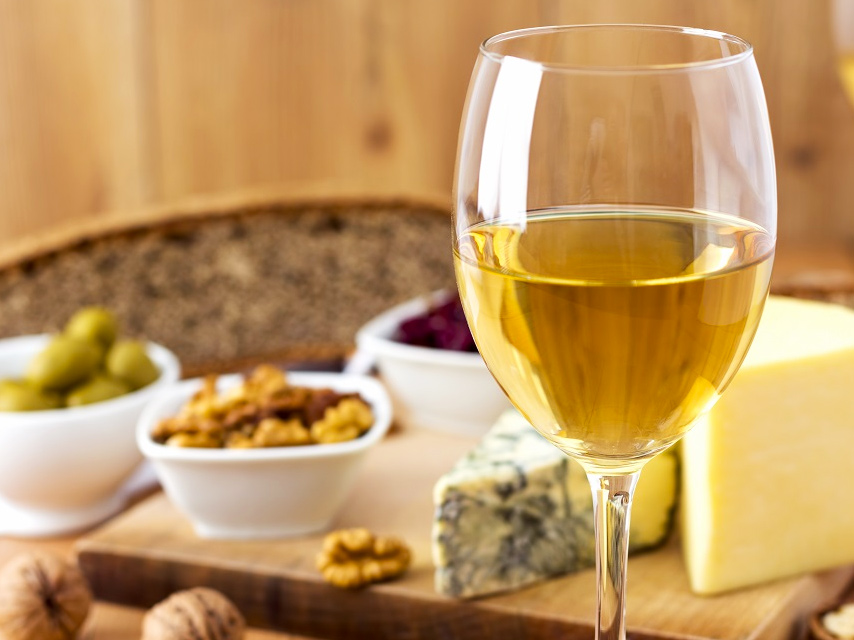
Sweet White
Types: Riesling, Moscato & Gewürztraminer
Pair with: Spicy and sweet – spicy food, curries, fruity
dessertsCheese: Brie
Avoid: Foods sweeter than your wine & dark chocolate
Light Red
Wines: Pinot Noir, Gamay & Zweigelt
Pair with: Earthy and woody – white meat, cured meat, truffles
Cheese: Swiss
Avoid: BBQ sauce, smoked foods & salty foods
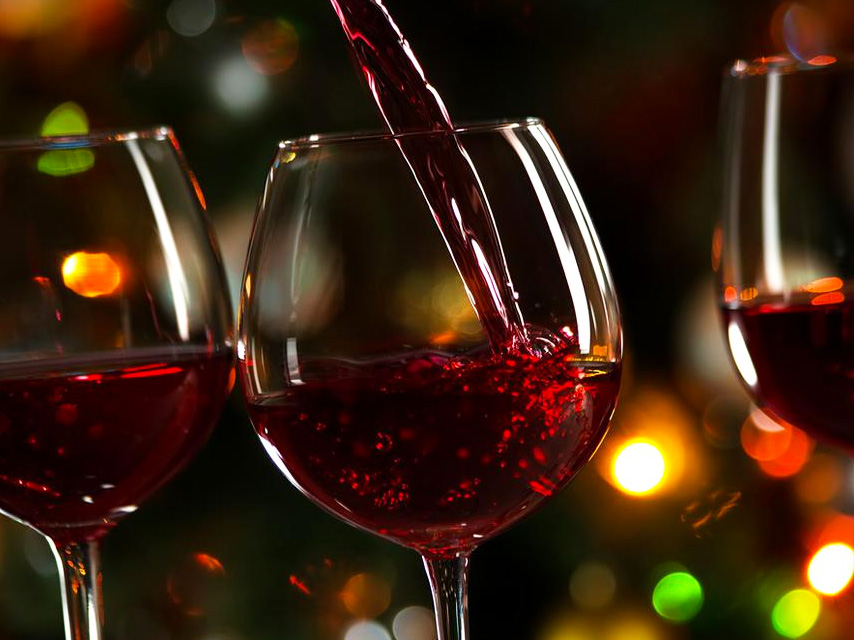
Medium Red
Wines: Cabernet Sauvignon, Bordeaux & Merlot
Pair with: Rich and savoury – red meat, braised dishes & potatoes
Cheese: Gorgonzola
Avoid: Spicy foods, raw fish & oysters
Bold Red
Types: Syrah, Malbec & Mourvedre – stew, lamb, pâté
Pair with: Bold and fatty
Cheese: Smoked cheddar
Avoid: Seafood, egg dishes & light salads
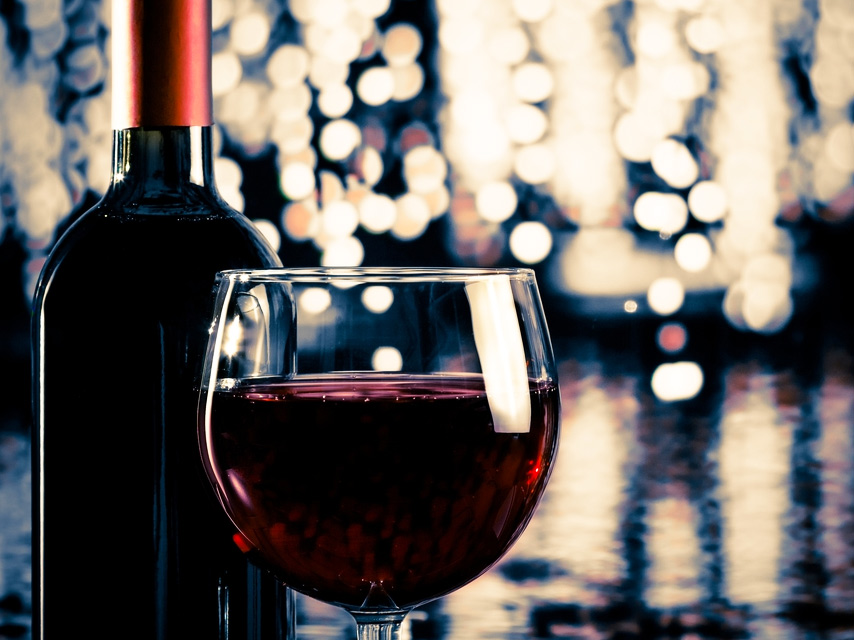
Select light-bodied wines to pair with lighter food, and fuller-bodied wines to go with heartier, more flavourful dishes. If you’re planning on serving wine with dessert, the general rule is to always make sure your wine is sweeter than the dessert. Popular dessert wines include Port, Sauterne and Madeira, for instance.
Regardless of what the "wine experts" say, it's impossible to ruin a good meal if you select a wine that you enjoy.
You may also like
Comments



 French
French